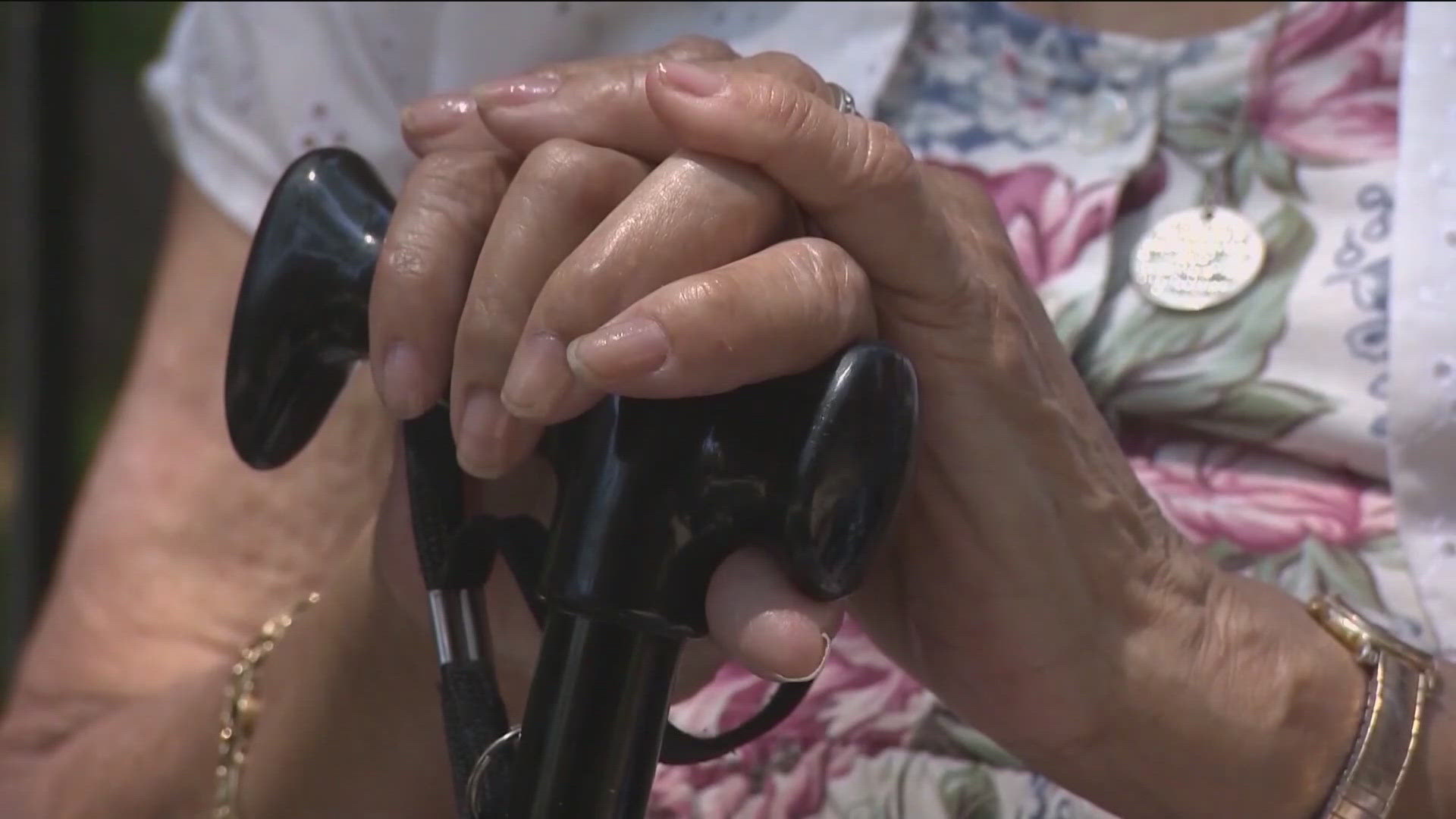IDAHO, USA — Research shows wildfire smoke permeated the indoor space of long term care facilities in Idaho, potentially affecting a vulnerable population.
This is according to a study Dr. Luke Montrose was a part of. He elaborated, "There wasn't a single facility that didn't have some level of wildfire smoke that got indoors." Dr. Montrose is an Assistant Professor with Colorado State University that studies environmental toxicology. Dr. Montrose also previously taught at Boise State University.
He explained the study focused on 4 long-term care facilities in Idaho, "We use it (long-term care facility) as an encompassing term that might include skilled nursing facilities, memory care facilities, and some assisted living facilities where there's some kind of a staff member providing extra services for someone who needs help bathing, putting clothes on, those types of things."
Dr. Montrose added people in long term care are a vulnerable population because they can have breathing problems, like asthma and COPD, and they often have limited mobility.
"Why are the vulnerable? Because this is where they live. They don't have the ability to go someplace else...They may also have cognitive decline which can exacerbate their ability to use some of the mitigative tools that we know work," Montrose said.
Researchers found the smoke infiltrated all of the facilities they studied but, the amount of smoke they found was not equal. Montrose explained, "The infiltration rate across these four facilities was variable. Two facilities in particular were right down the street from each other, and they had different infiltration rates. So this raises the question, what are these facilities doing differently that causes one to be different than the other?"
Dr. Montrose went on to say that they want to learn what facilities are doing well, so they can take those lessons and share them with long-term care facilities across the West.
"We have some ideas of what some of those factors might be but at this stage, we're sort of waiting for funding to really dive into that data," Montrose elaborated.
Dr. Montrose hopes to get more funding to be able to do a longer term study. His hope is to find helpful information for these facilities so they can maintain air quality during wildfire smoke events.

